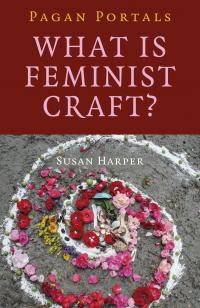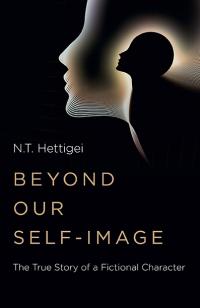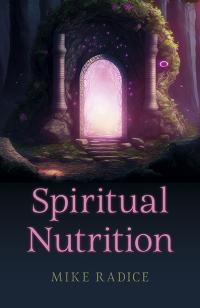

Spring and Summer Foraging
Whether you’re jumping back into social life or retaining your hermit status this year (it’s a little of each, for me) there’s every reason to take a trip to your local woods, park, or even just a wander around your back garden and see what edible plants are available.
To be honest, I don’t always pick anything. I just love discovering what treats are hiding in the hedgerows, and relishing (pun intended) the thought that should we ever struggle to get to the shops for any reason, I could feed us fairly substantially from stuff growing all around us. Here are 3 of my favourite edible plants and why I love them.
Dandelions

I mean,they’re just everywhere, right? Certainly here in the north of England, anyway. They’re an important first food for bees, so if you do pick them, try and wait at least a week after you see the first blooms. Young dandelions leaves make an excellent addition to salads, and are packed with potassium whilst also being useful as a diuretic. The flowers can be used to infuse oils, or made into a delicious country wine.
Jack by the Hedge

One of my favourite plants, this biennial has taken over a patch in my garden, self-seeding well enough to provide me with flowers every year. The caterpillars of the orange tip butterfly feed on Jack by the Hedge, and tiny parasitic wasp lava feed on the caterpillars, so there’s a whole lot going on here!
Jack by the Hedge is also called Garlic Mustard, because of its piquant and somewhat peppery flavour. The leaves blend up nicely to make a pesto-like sauce that’s ideal for pasta.
Watch me wax lyrical about Jack by the Hedge in this video shared by the Pagan Federation.
Elderflowers and Elderberries

The Elder tree is sacred to many folks, and it certainly is to me. Irish folklore states that harming and particularly burning elder is bad luck, particularly for cattle farmers. However, Elder may have been used to help stoke fires, by blowing through a branch which is easily hollowed out thanks to the soft pith within. As a general (actually pretty specific and strict) rule, I don’t break anything off the elder tree except the flowers and berries, and even then I only take a few from each tree. We’re lucky enough to have plenty available round our way.
The flowers can be fried into fritters, or used to make cordial or wine. Our kids adore the cordial and we always pick enough to make two batches as it doesn’t last very long in our house at all!
Elderberries are astringent and antiviral, and thanks to a good friend and her special recipe, I make a lovely tonic which helps fight off winter colds.
For me, the key to mindful foraging is to genuinely only take what you need and will use. This avoids wastage, but even more crucially, ensures there is enough of the plant left for the local wildlife. Birds rely on berries and the insects that come to feed on flowers, as do small mammals, so never strip a tree bare or pick all the flowers in one area. Take little and often, and say thank you.
Never take alternative or complementary therapies without consulting your doctor. Never pick and eat any plant without a confident identification. If in doubt, leave it out!
All images copyright Mabh Savage. Follow Mabh on Twitter, Instagram or her website.
Categories:
0 comments on this article






